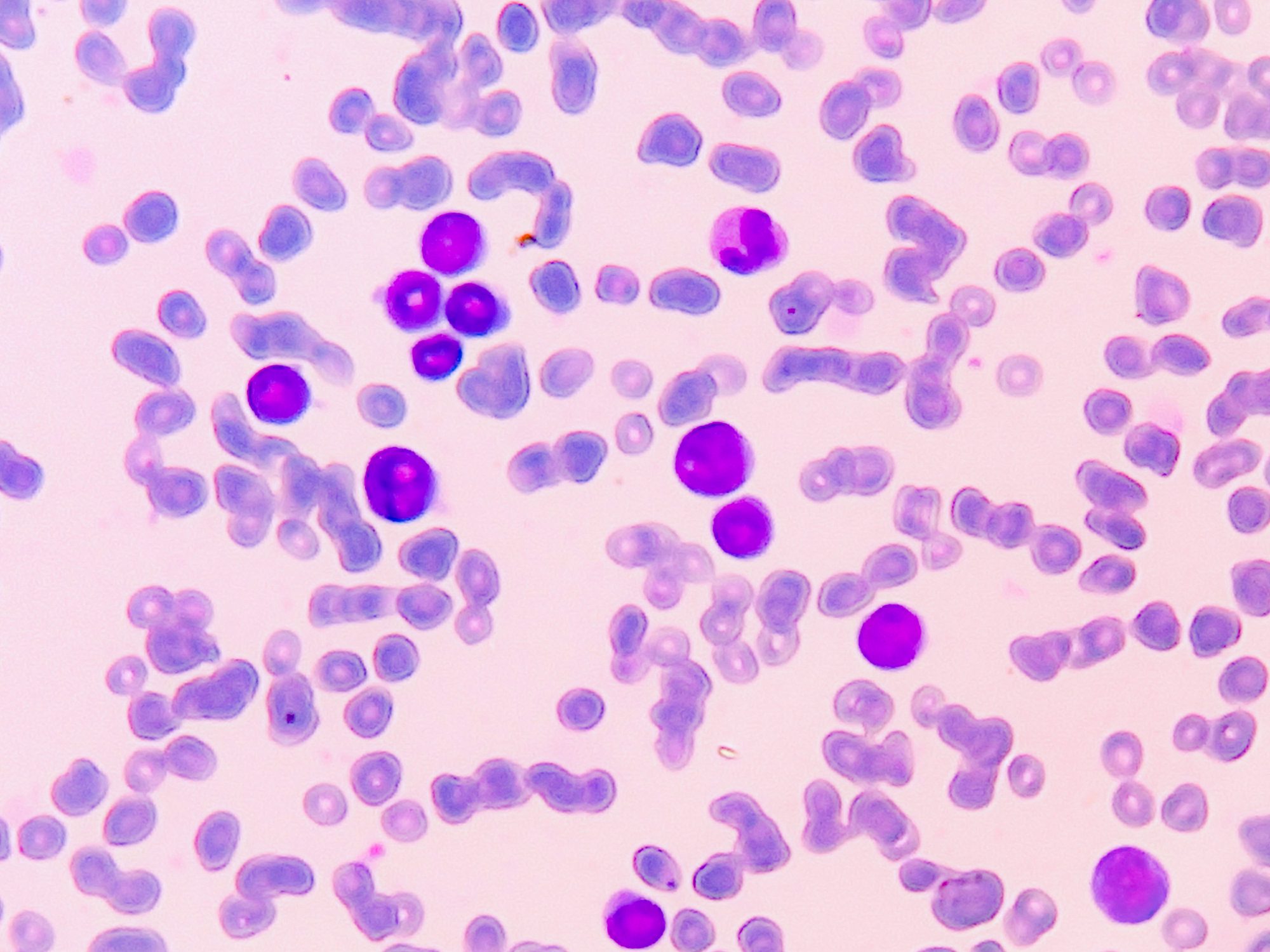GLP-1 receptor agonists promote insulin secretion from pancreatic beta cells, leading to decreased glucose release by the liver and increasing insulin sensitivity. Moreover, they slow down gastric emptying and thus reduce the speed at which glucose enters the bloodstream. The feeling of satiety is increased and the feeling of hunger is reduced, which can contribute to weight loss. In addition, liraglutide and semaglutide in particular have also demonstrated cardio- and nephroprotective effects in studies.
Type 2 diabetics are at increased risk for several potentially serious macrovascular and microvascular sequelae or comorbidities, including myocardial infarction, heart failure (HI), stroke, and chronic kidney disease (CKD). In a cohort study by Birkeland et al. Of 772 336 patients with type 2 diabetes (T2D) who had no prior cardiovascular or renal disease at the time of diabetes diagnosis, 18% developed cardiovascular disease/events or CKD during an observation period averaging 4.5 years [1]. “Fortunately, new substances have been available to us for several years that not only lower blood glucose, but also address cardiovascular and renal risk,” said Prof. Dr. Werner Kern, Medical Director at the Endokrinologikum Ulm (D) [2].
ADA/EASD Consensus Recommendations on GLP-1-RA and SGLT-2-i
Several representatives of GLP-1 receptor agonists (GLP-1-RA) and SGLT-2 inhibitors (SGLT-2-i) are now available and have been shown to have cardio- and nephroprotective added benefits. This has also been incorporated into the American Diabetes Association (ADA) and European Association for the Study of Diabetes (EASD) consensus recommendation on hyperglycemia management in T2D published in 2022 [3]. As part of a multifactorial treatment strategy, the goal is not only glycemic control but also cardiorenal risk reduction. For most T2D patients, metformin remains the first-line treatment because of its glucose-lowering efficacy and favorable side-effect profile, but either GLP-1 RA or SGLT-2i should be given independently of metformin therapy, particularly in those at increased cardiovascular risk and in patients who have HI or CKD.

GLP-1 RAs are available in subcutaneous and oral dosage forms
Regarding GLP-1-RA, a meta-analysis demonstrated a significant decrease in 3P-mace and all-cause mortality [4]. Semaglutide, a particularly well-studied member of the GLP-1 RAs, has been shown to contribute to long-term reductions in heart attacks, strokes, and death. There is also very good empirical evidence of significant effects on weight control, in obese patients with and without T2D. In a comparative study, semaglutide achieved the most significant reductions in HbA1c and body weight among all currently approved GLP-1 RAs [5]. In addition to semaglutide in subcutaneous form, Rybelsus® is also available for oral administration [6].
Combination therapy if necessary
In patients with HI, SGLT-2-i are the drug class of choice as they have demonstrated risk reduction in this regard. SGLT-2-i are also recommended initially in nephropathy, but if the individual target is not met, combination with a GLP-1 RA may be considered [2]. Both liraglutide and semaglutide, both GLP-1-RA, showed a significant reduction in renal late complications. In the SUSTAIN-6 study, semaglutide resulted in 36% less worsening of renal function** [7]. This is primarily attributable to the decrease in albumin excretion, explained Prof. Kern. In daily practice, it is recommended to screen T2D patients with renal disease once a year for eGFR and albuminuria. In the case of abnormal values, a further measurement is indicated after 90 days at the earliest. If the finding is confirmed, the use of SGLT-2-i and, if appropriate, GLP-1-RA should be considered, the speaker said [2]. “The therapy of type 2 diabetes has become much simpler and more effective for the patient,” summarized Prof. Kern [2].
** New-onset macroalbuminuria, doubling of serum creatinine, eGFR of <45 ml/min/1.73m2, initiation of renal replacement therapy, or death due to renal failure.
Congress: Diabetology without borders
Literature:
- Birkeland KI, et al: Heart failure and chronic kidney disease manifestation and mortality risk associations in type 2 diabetes: A large multinational cohort study. Diabetes Obes Metab 2020; 22(9): 1607-1618.
- “Guideline-based therapy with GLP-1 receptor agonists and insulin: place of GLP-1 receptor agonists”, Prof. Dr. Werner Kern, Diabetologie grenzenlos, Munich, 03.02.2023.
- Davies MJ, et al: Management of Hyperglycemia in Type 2 Diabetes, 2022. A Consensus Report by the American Diabetes Association (ADA) and the European Association for the Study of Diabetes (EASD). Diabetes Care 2022; 45(11): 2753-2786.
- Kristensen SL, et al: Cardiovascular, mortality, and kidney outcomes with GLP-1 receptor agonists in patients with type 2 diabetes: a systematic review and meta-analysis of cardiovascular outcome trials. Lancet Diabetes Endocrinol 2019; 7(10): 776-785.
- Nauck MA, et al: GLP-1 receptor agonists in the treatment of type 2 diabetes – state-of-the-art. Mol Metab 2021; 46: 101102. doi: 10.1016/j.molmet.2020.101102.
- Drug Information, www.swissmedicinfo.ch,(last accessed 03/10/2023).
- Marso SP, et al: Semaglutide and cardiovascular outcomes in patients with type 2 diabetes. N Engl J Med 2016; 375: 1834-1844.












